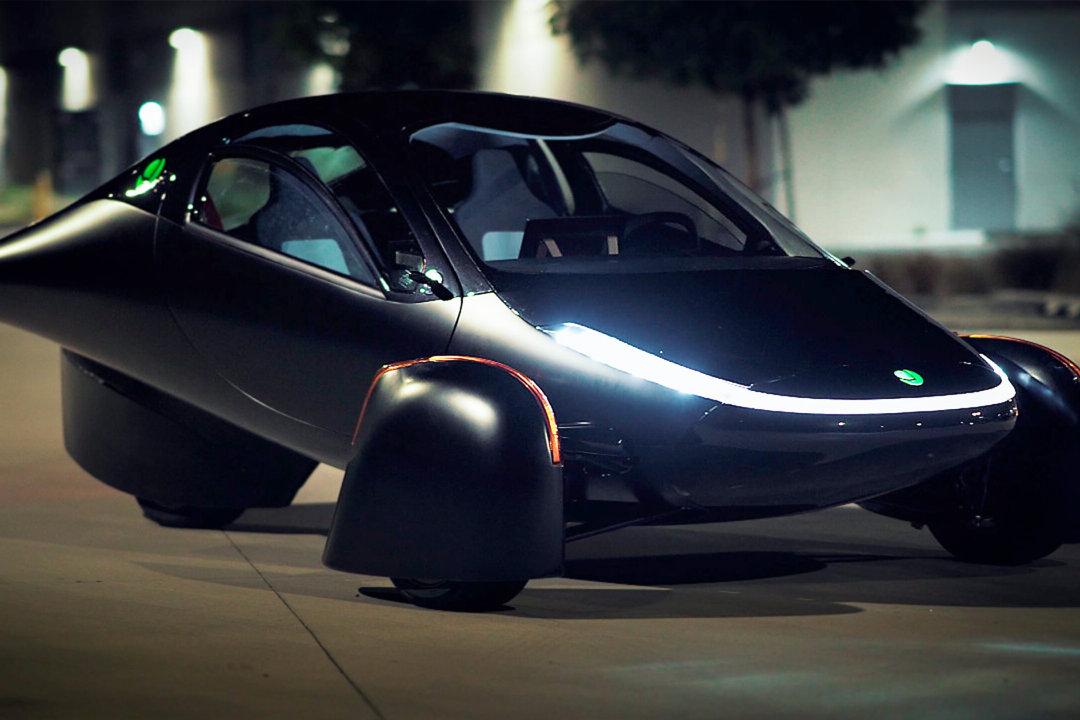Manufacturers have experimented with solar-paneled cars for decades. Now, with sights set on cutting emissions, California-based Aptera Motors believes it has perfected a “Never Charge” solar electric vehicle, capable of efficient performance even after the sun goes down.
“We see solar as the main driver of our business,” Aptera co-creator Chris Anthony told The Washington Post. “It enables so many things.”





